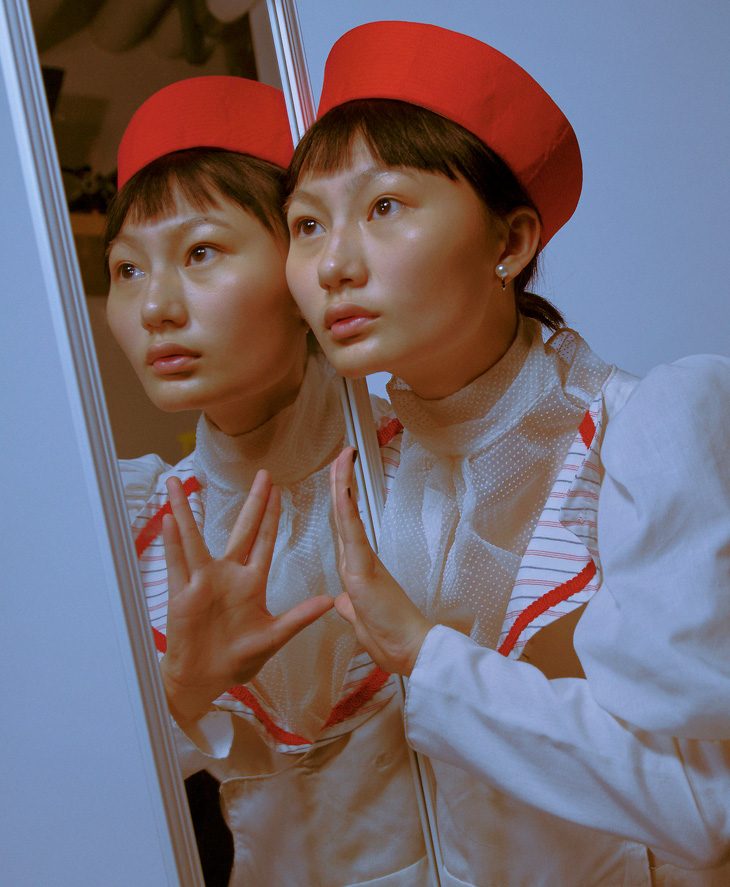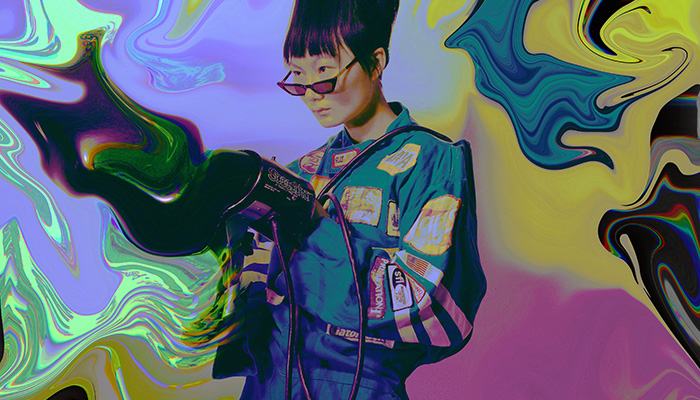
Many people feel frustrated or unsatisfied with the pictures they take of themselves. Whether for social media, personal keepsakes, or professional profiles, capturing an image that truly reflects how you see yourself can be challenging. However, taking great photos is not just about pointing the camera and snapping a shot. While those are essential steps, there’s more to consider if you want to elevate your photography game. From lighting and composition to camera equipment, several factors can significantly impact the quality of your self-portraits.
If you’re tired of immediately deleting the photos you take, here are four tips to help you capture images that you’ll actually want to keep.
Get a Good Camera
While smartphones have come a long way in camera technology, investing in a dedicated camera can take your photos to the next level. Smartphones are incredibly convenient, but they are also “jacks of all trades,” and you know what they say about jacks of all trades – they’re masters of none. A digital camera specifically designed for photography will offer better image quality, more options for lens customization, and enhanced performance in various settings.
When choosing a digital camera, consider factors like image quality, lens types, size and ergonomics, speed and performance, sensor size, and resolution rating. These elements are critical for producing high-quality images. While it’s tempting to shop online, visiting a physical store can provide a better sense of how different cameras feel in your hands. You can ask questions, compare models, and make a more informed decision. Whether you opt for a point-and-shoot or a DSLR, a quality camera will significantly improve the quality of your photos.

Use a Tripod
One of the simplest ways to improve the quality of your self-portraits is by using a tripod. Holding the camera yourself often results in shaky or poorly framed shots. A tripod gives you the stability you need to achieve the perfect angle and maintain consistency across multiple shots. It also allows you to be more hands-free, so you can focus on posing and composition without worrying about holding the camera steady.
Using a tripod ensures your camera remains in place, giving you the flexibility to experiment with different poses and lighting. It also enables you to control more variables in your environment, making it easier to capture high-quality photos. If you don’t have access to a tripod, a selfie stick is a good alternative for improving angles and reducing hand tremors that can blur images.
Get the Right Composition
Composition is one of the most critical aspects of photography, and understanding the rule of thirds can dramatically improve the photos you take of yourself. The rule of thirds involves dividing your frame into three equal parts – either horizontally or vertically – and positioning key elements of your shot along these lines. This creates a more balanced and visually appealing image.
For instance, if you want your eyes to be the focal point of a portrait, place them one-third of the way down from the top of the image. By doing so, you draw the viewer’s attention naturally to your face, creating a more striking image. Using a tripod can make it easier to align yourself according to this principle and experiment with different compositions. The rule of thirds isn’t a rigid law, but it’s a great starting point for creating images that are more engaging and professional-looking.

Practice Authentic Facial Expressions and Poses
One of the biggest reasons people are dissatisfied with their photos is that they don’t appear genuine. It’s easy to adopt a forced smile or stiff pose when trying to look good on camera. However, authenticity goes a long way in creating a natural and captivating image.
Start by practicing your facial expressions in a mirror to understand how different emotions look on camera. Whether you’re going for a soft smile or a confident look, try to relax and let your personality shine through. The same goes for posing – keep it natural and avoid awkward, rigid positions. The more you practice, the easier it will become to convey authenticity in your photos.
Don’t be afraid to take several shots to find your best angles and expressions. With enough practice, you’ll start to notice patterns in what works best for you, making it easier to replicate those results in future photos.
Use Software
Even with the best equipment and techniques, editing software can enhance your photos and make them truly stand out. Artificial intelligence has made it easier than ever to edit images, and there are plenty of apps designed specifically for improving self-portraits.
For instance, Portrait Pal, leverages the power of AI to help users create professional headshots without breaking the bank. A professional photographer with a studio can command hundreds of dollars per hour, which is cost-prohibitive for many people. Portrait Pal costs way less.
Taking great pictures of yourself doesn’t have to be frustrating. With the right tools and techniques, you can capture self-portraits that you’ll actually want to keep. Investing in a good camera, using a tripod, mastering composition, and practicing authentic expressions will go a long way toward improving your photos. And with the help of editing software, you can make even small adjustments that turn a good photo into a great one. By following these tips, you’ll find that taking photos becomes less stressful and more rewarding.
Images from Paradise self-portraits series by Eve J. Liu – see full story here.




















get somebody else to take your pics hahaha, that is my best tip